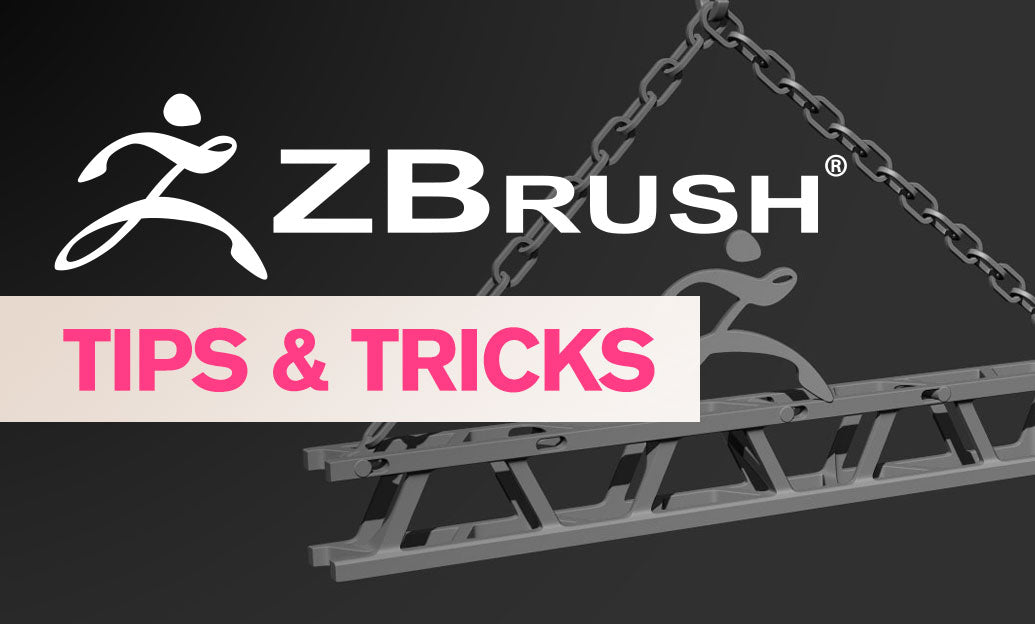Your Cart is Empty
Customer Testimonials
-
"Great customer service. The folks at Novedge were super helpful in navigating a somewhat complicated order including software upgrades and serial numbers in various stages of inactivity. They were friendly and helpful throughout the process.."
Ruben Ruckmark
"Quick & very helpful. We have been using Novedge for years and are very happy with their quick service when we need to make a purchase and excellent support resolving any issues."
Will Woodson
"Scott is the best. He reminds me about subscriptions dates, guides me in the correct direction for updates. He always responds promptly to me. He is literally the reason I continue to work with Novedge and will do so in the future."
Edward Mchugh
"Calvin Lok is “the man”. After my purchase of Sketchup 2021, he called me and provided step-by-step instructions to ease me through difficulties I was having with the setup of my new software."
Mike Borzage
Cinema 4D Tip: Mastering UV Mapping for Enhanced Texture Application in Cinema 4D
April 15, 2025 2 min read

Texture coordinates, also known as UV mapping, are essential in controlling how textures are applied to 3D models in Cinema 4D. Mastering texture coordinates allows for precise placement and manipulation of textures, resulting in more realistic and detailed renderings.
Understanding Texture Coordinates
- UV Mapping: UV coordinates represent the 2D texture space corresponding to the 3D surface of your model. "U" and "V" denote the axes of the 2D texture plane.
- Why UV Mapping Matters: Proper UV mapping ensures textures align correctly without stretching or distortion.
Working with UV Mapping in Cinema 4D
-
Accessing the UV Edit Layout:
- Switch to the UV Edit layout by selecting it from the layout dropdown menu.
- The interface provides tools specifically for UV editing.
-
Preparing Your Model:
- Ensure your model has sufficient geometry for mapping.
- Optimize your mesh to make UV mapping smoother and more efficient.
-
Applying a UVW Tag:
- Cinema 4D automatically generates UVW tags when you apply textures.
- To manually adjust, select the UVW tag in the Object Manager.
-
Using the UV Transform Tools:
- Move, scale, and rotate UV polygons to adjust texture placement.
- Utilize UV tools similar to standard modeling tools for precise control.
-
Unwrapping UVs:
- Use the Optimal Mapping options to unwrap UVs efficiently.
- Optimal Cubic Mapping is ideal for boxy objects.
- Optimal Angle Mapping suits organic shapes.
-
Relaxing UVs:
- The Relax UV tool smoothens UV islands to reduce stretching.
- Choose between LSCM and ABF algorithms for different results.
-
Checking for Distortions:
- Apply a checkerboard texture to visualize UV distortions.
- Adjust UVs until the checker pattern appears uniform across the model.
-
Creating Seams:
- Define seams where the UV map will be cut.
- Use the Edge Selection tool to mark seams before unwrapping.
-
Working with Multiple UV Tiles:
- Organize UV islands into separate tiles for complex models.
- This approach helps manage textures for different parts of the model efficiently.
Best Practices
- Keep UVs Within Texture Space: Ensure all UVs are within the 0 to 1 UV space unless using UDIM workflows.
- Avoid Overlapping UVs: Unless intentionally mirroring textures, overlapping UVs can cause rendering issues.
- Consistent Texel Density: Maintain uniform texel density to ensure texture details are consistent across the model.
Additional Resources
- Tutorials and Plugins: Explore advanced UV mapping techniques with tutorials and plugins from trusted sources.
- Community Support: Join forums and communities to share tips and get advice from other Cinema 4D users.
Mastering texture coordinates in Cinema 4D enhances the quality and realism of your 3D projects. By investing time in proper UV mapping, you can ensure your textures align perfectly, adding depth and detail to your models.
For more in-depth tutorials and professional insights, visit NOVEDGE for resources and software solutions to elevate your Cinema 4D experience.
You can find all the Cinema 4D products on the NOVEDGE web site at this page.
Also in Design News

Advancing Sustainable Design: The Role of Eco-Friendly Software in Architecture and Engineering
May 11, 2025 5 min read
Read More
ZBrush Tip: Mastering the Displace Noise Brush for Enhanced Detailing in ZBrush
May 11, 2025 2 min read
Read MoreSubscribe
Sign up to get the latest on sales, new releases and more …



